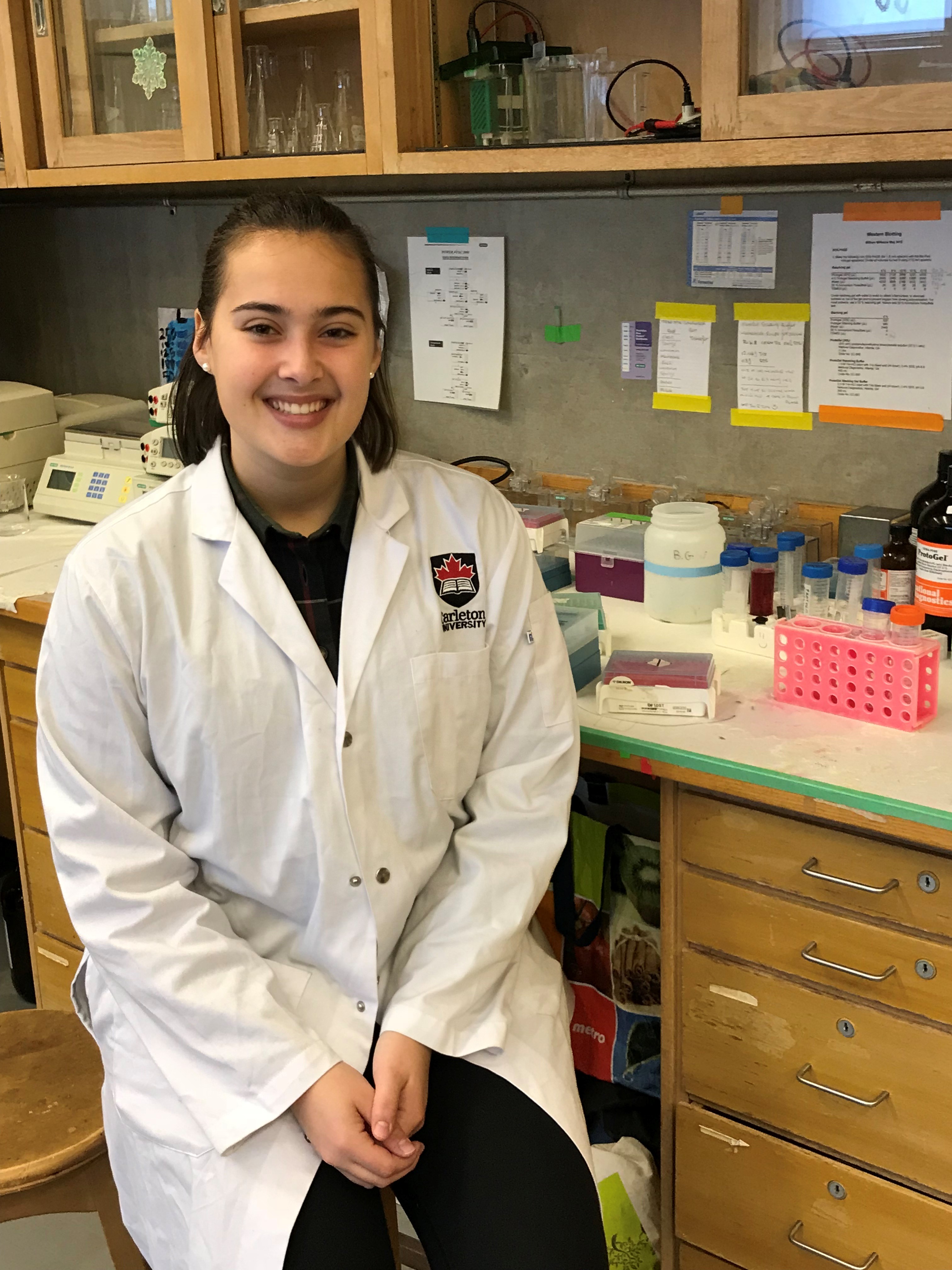
Hey!
My name is Catherine and I was born and raised here in the capital. I am a second-year Health Science student with a concentration in Biomedical Science. In my first year, I realized that my passion and appreciation towards the physiological and biochemical aspects of medicine had immensely grown. I was eager to get involved in research to further continue my newly found passion. I decided to register for the lab tour week run by the SSSC and had the chance to visit various labs on campus. I met Dr. Willmore at one of my first lab tours and was really interested in the many clinical applications, such as cancer, cardiovascular and cerebrovascular disease, that his work involved. As an aspiring physician, I wanted to explore current health issues which are prevalent in society today. I decided to contact Dr. Willmore to discuss becoming a member of the Willmore lab. With a lot of hard work in first year I was eligible to apply for the Dean’s Summer Research Internship. Currently, I am continuing my work through the I-CUREUS Internship in Dr. Willmore’s lab. In the lab, I work alongside a doctoral student, who is not only a great friend but a great mentor, examining the role of stressors on four proteins; porcupine, wntless, wnt5a and wnt3a, and their function in human colorectal carcinoma cells.
I have learned so many new techniques and they even help me currently in my second-year labs. Some of the skills that I have learned while in Dr. Willmore’s lab are cell culture, transfection, Western blotting (this is really cool!), and protein determination. I can’t believe that I was able to learn all of this in my first year! One of the most common things that I do in the lab is transfection. This involves growing cells on a plate, injecting the plasmid of our protein into the cells and allowing the plasmid to incorporate itself into the cells.
Currently I am working on trials of the wnt5a protein. A typical trial goes something like this: plate cells to grow, then transfect our wnt5a plasmid into the cells, treat the cells with various treatments, harvest the cells from the plates, use an assay to see how much protein we have, then do a Western to see if we have the correct protein that we are looking for. The best part is when we get to take a picture of the proteins that were transferred onto the membrane.

I am still fascinated that it is possible to do experiments like this. I really encourage anyone who is interested in learning more about a topic to get involved in research!
- Catherine K., SSSC Mentor
